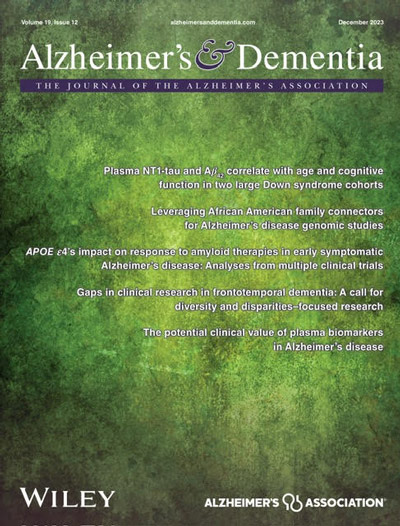Diagnostic potential of near-infrared spectroscopy in mild cognitive impairment and neurodegenerative disorders: Implications for resource-limited settings
Abstract
BACKGROUND
Near-infrared spectroscopy (NIRS) is emerging as a promising tool for early detection of mild cognitive impairment (MCI) and neurodegenerative diseases, especially where advanced imaging is limited.
METHODOLOGY
This systematic review investigates NIRS's diagnostic capabilities. Adhering to Preferred Reporting Items for Systematic Reviews and Meta-Analyses guidelines, we conducted a comprehensive review of studies using NIRS for cognitive assessment in MCI and neurodegenerative conditions.
RESULTS/DISCUSSION
NIRS effectively assesses cognitive function, identifying reduced prefrontal connectivity in MCI and subjective cognitive decline (SCD). Interestingly, while SCD patients maintain stronger brain network integrity, NIRS reveals decreased oxyhemoglobin levels in Alzheimer's disease (AD) patients’ dorsolateral prefrontal cortex. Combining NIRS with graph analysis, cognitive tasks, and machine learning significantly boosts diagnostic accuracy. Moreover, NIRS can differentiate between neurodegenerative disorders and, with concurrent electroencephalography, offers enhanced understanding of brain connectivity issues in AD. Our findings emphasize NIRS's considerable potential to improve cognitive assessment and neurodegeneration diagnosis.
Highlights
- Mild cognitive impairment (MCI) individuals show disruptions in neurovascular coupling and functional connectivity, particularly in the dorsolateral prefrontal cortex during near-infrared spectroscopy (NIRS) assessments.
- Significant reductions in oxyhemoglobin (HbO2) levels are observed in the dorsolateral prefrontal cortex of amnestic MCI (aMCI) individuals compared to healthy controls.
- Individuals with subjective cognitive decline (SCD) show lower HbO2 levels than healthy individuals, while aMCI individuals show even more pronounced reductions.
- The dorsolateral prefrontal cortex is identified as a critical area for Alzheimer's disease (AD) assessment using NIRS, correlating with cognitive performance.
- Differences in Broca's area activation during language tasks help distinguish behavioral variant frontotemporal dementia from AD, revealing unique cognitive profiles through NIRS.


 求助内容:
求助内容: 应助结果提醒方式:
应助结果提醒方式:


